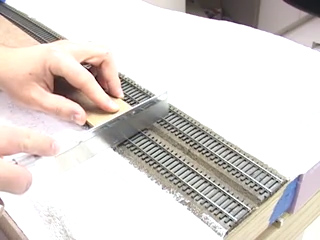
Having trouble viewing this video? Please visit our Video FAQ page When building your model railroad, you may have times when you need to cut track to fit in a certain space. Model Railroader associate editor Cody Grivno will show you how to easily cut track in this basic training video. […]
Read More…
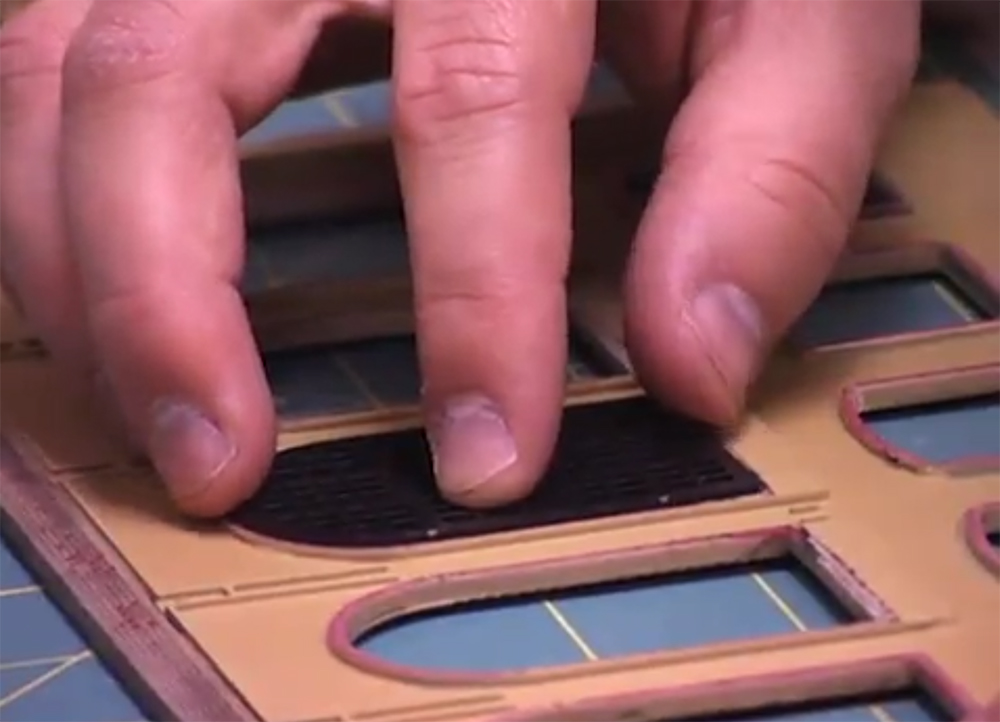
Having trouble viewing this video? Please visit our Video FAQ page Follow Model Railroader associate editor Cody Grivno as he shows you this handy tip for your next model railroad structure project. Cody will show you how to cement painted plastic parts together without damaging them. He’ll also give you tips for working with […]
Read More…

Having trouble viewing this video? Please visit our Video FAQ page Follow Model Railroader associate editor Cody Grivno as he shows you this handy tip for your next model railroad structure project. Cody will show you how to cement painted plastic parts together without damaging them. He’ll also give you tips for working with […]
Read More…

Having trouble viewing this video? Please visit our Video FAQ page Follow Model Railroader associate editor Cody Grivno as he shows you this handy tip for your next model railroad structure project. Cody will show you how to cement painted plastic parts together without damaging them. He’ll also give you tips for working with […]
Read More…
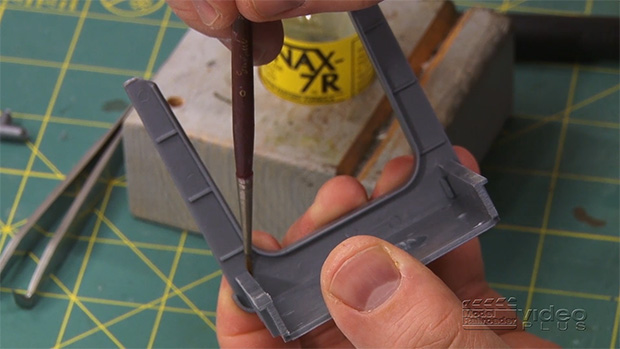
Having trouble viewing this video? Please visit our Video FAQ page Whether you’ve never built a plastic kit or you’ve assembled several, this video is for you. Cody takes you through the steps to clean up, fit, and cement plastic kit parts like a pro. […]
Read More…

Having trouble viewing this video? Please visit our Video FAQ page Whether you’ve never built a plastic kit or you’ve assembled several, this video is for you. Cody takes you through the steps to clean up, fit, and cement plastic kit parts like a pro. […]
Read More…
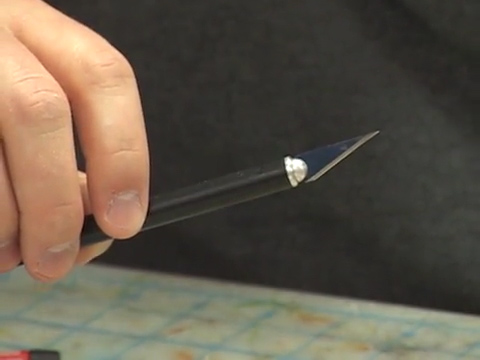
Having trouble viewing this video? Please visit our Video FAQ page Model Railroader associate editor Cody Grivno shows you some of the basic tools that should be in every model railroader’s toolbox. These essential tools will make working on your model railroad easier. […]
Read More…

Having trouble viewing this video? Please visit our Video FAQ page Model Railroader associate editor Cody Grivno shows you some of the basic tools that should be in every model railroader’s toolbox. These essential tools will make working on your model railroad easier. […]
Read More…
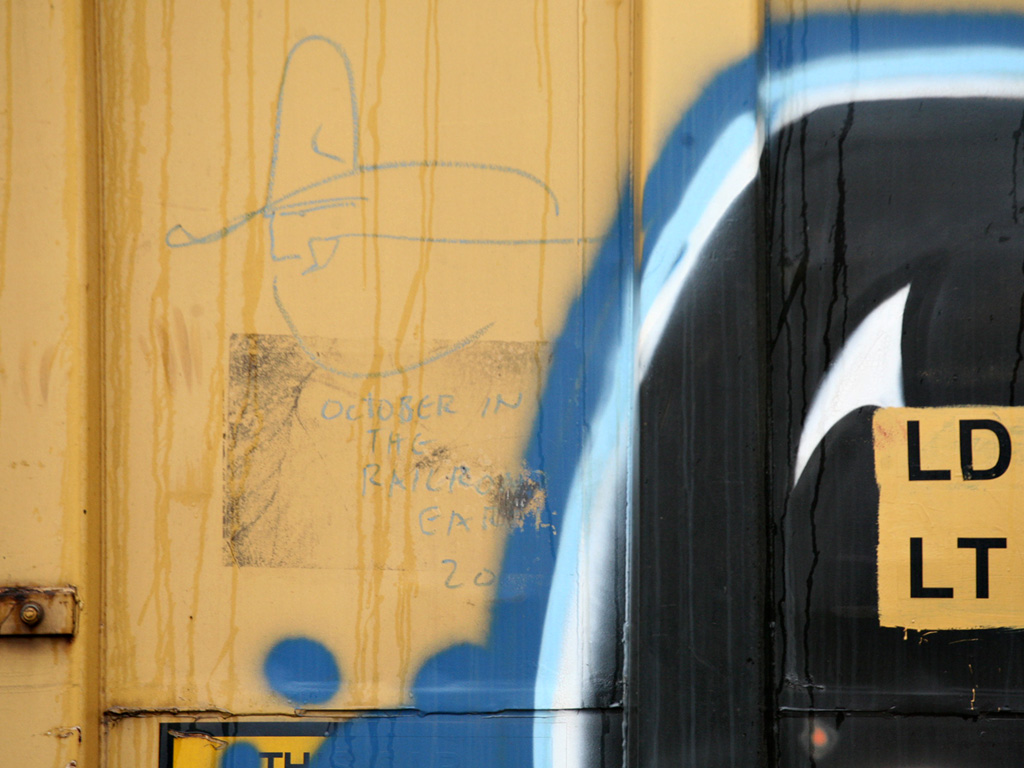
FULL SCREEN Andrea Fuhrman FULL SCREEN Andrea Fuhrman FULL SCREEN Andrea Fuhrman FULL SCREEN Andrea Fuhrman FULL SCREEN Andrea Fuhrman FULL SCREEN Andrea Fuhrman FULL SCREEN Andrea Fuhrman FULL SCREEN Andrea Fuhrman FULL SCREEN Andrea Fuhrman FULL SCREEN Andrea Fuhrman Colossus of Roads drawing “October in the Railroad Earth” along with other graffiti on the […]
Read More…
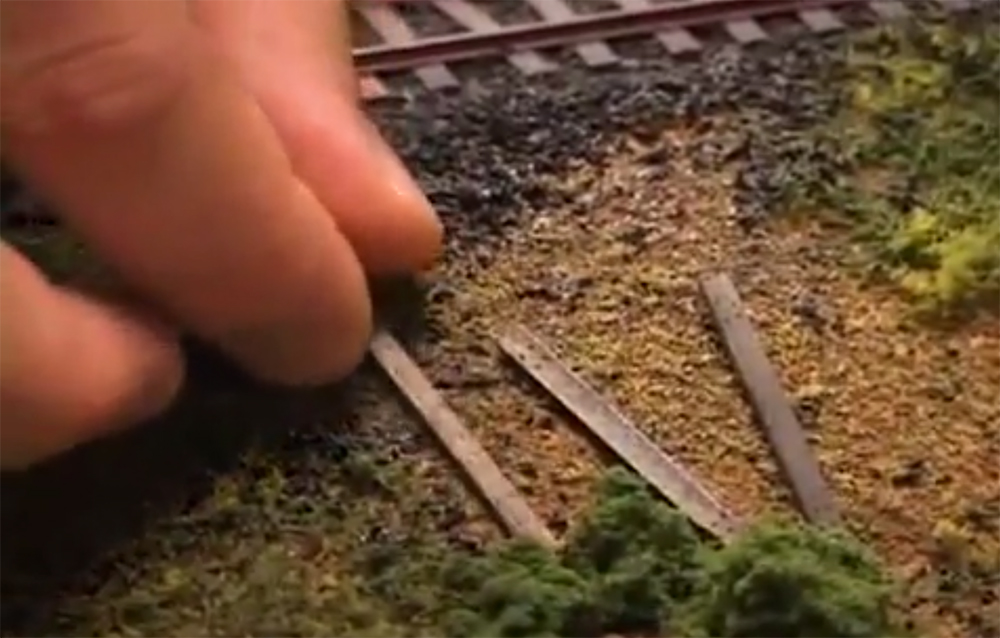
Having trouble viewing this video? Please visit our Video FAQ page Model Railroader associate editor Cody Grivno shows how to model discarded ties. […]
Read More…

Having trouble viewing this video? Please visit our Video FAQ page Model Railroader associate editor Cody Grivno shows how to model discarded ties. […]
Read More…

Having trouble viewing this video? Please visit our Video FAQ page Model Railroader associate editor Cody Grivno shows how to use the Kadee five-prong gripper to test screws on your freight cars. […]
Read More…







